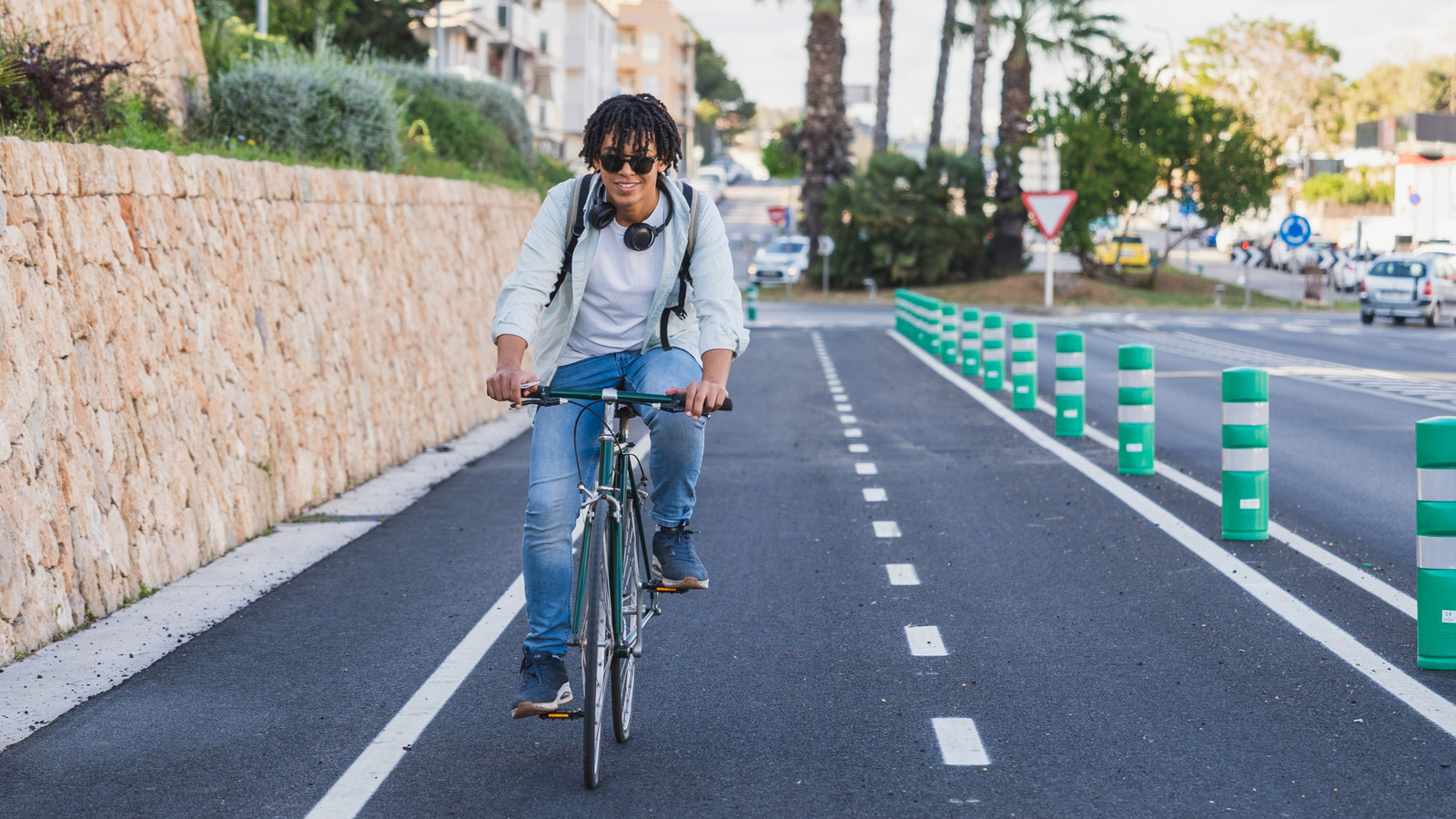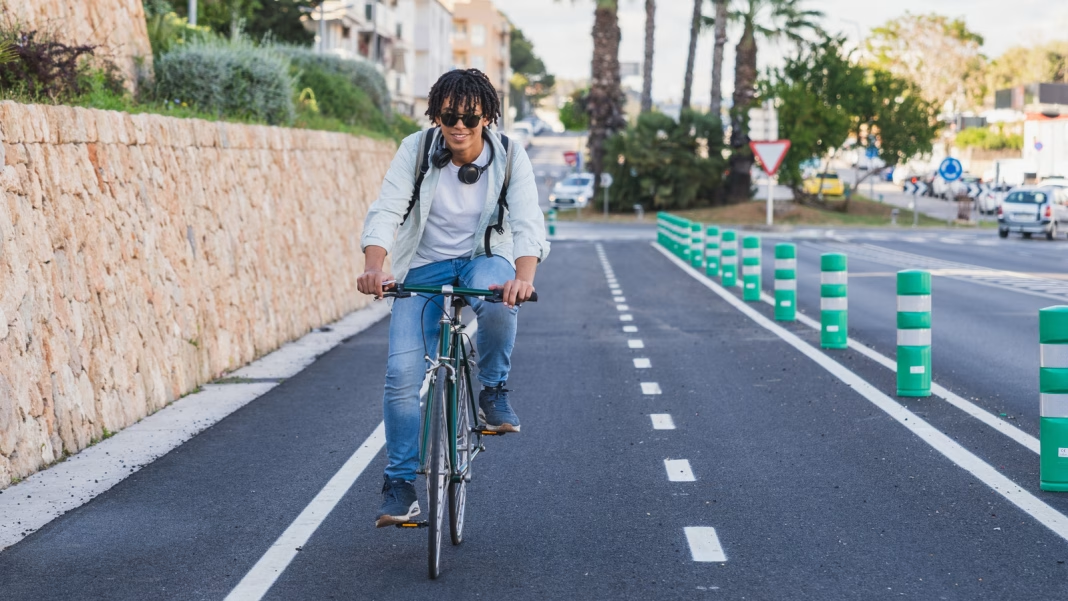Creating safe spaces for cyclists can transform a community. It’s not just about adding a few bike lanes; it’s about fostering a culture where biking becomes a viable, everyday option for everyone. A recent study highlights a striking correlation: when cities invest in protected bike lanes, more people hop on their bikes. This isn’t just a coincidence; it’s a clear signal that safety and accessibility are key factors in encouraging cycling.
Why Protected Bike Lanes Matter
So, what exactly are protected bike lanes? Unlike traditional bike lanes that sit alongside vehicle traffic, protected lanes are physically separated from cars, often by curbs, planters, or parked cars. This design significantly reduces the risk of accidents, making cyclists feel more secure. The result? A noticeable uptick in the number of people choosing to ride their bikes for commuting, errands, or leisure.
Imagine a neighborhood where families feel comfortable biking to school or where commuters can avoid the stress of traffic jams. This shift not only promotes healthier lifestyles but also reduces congestion and pollution. Cities like Copenhagen and Amsterdam have long embraced this model, and the benefits are clear: increased cycling rates, improved public health, and a more vibrant urban environment.
Real-World Examples of Success
Take a look at cities that have implemented protected bike lanes. In New York City, for instance, the introduction of dedicated bike lanes has led to a significant increase in cycling. According to the NYC Department of Transportation, areas with protected bike lanes saw a 50% increase in cycling rates. This isn’t just a statistic; it reflects a broader trend where more people are choosing bikes over cars, contributing to a cleaner, more sustainable city.
Similarly, in Portland, Oregon, the city’s investment in bike infrastructure has made it one of the most bike-friendly cities in the U.S. The result? A thriving cycling community that enjoys not only the health benefits of biking but also the social aspects of being part of a larger movement towards sustainable transportation.
Addressing Common Concerns
Some might wonder about the costs associated with building protected bike lanes. While initial investments can be significant, the long-term savings are substantial. Fewer cars on the road lead to reduced wear and tear on infrastructure, lower healthcare costs due to improved public health, and even increased local business revenue as more people bike to shops and restaurants.
Moreover, protected bike lanes can enhance the overall aesthetic of a neighborhood. By incorporating greenery and thoughtful design, these lanes can beautify streetscapes, making them more inviting for everyone—cyclists and pedestrians alike.
Encouraging a Cultural Shift
Creating safe biking environments is just one piece of the puzzle. To truly encourage cycling, cities must also promote a cultural shift. This involves not only infrastructure but also education and community engagement. Programs that teach safe cycling practices, host community rides, or even provide bike-sharing options can further bolster the movement.
Engaging local businesses to support cycling initiatives can also make a difference. When shops offer discounts to customers who arrive by bike or provide secure bike parking, it creates a community that values and supports cycling.
The Big Picture
The big takeaway? Building protected bike lanes isn’t just about creating a space for cyclists; it’s about reshaping how we think about transportation and community. It’s about making biking a safe, accessible, and attractive option for everyone.
So, if you’re in a position to advocate for better bike infrastructure in your area, consider this: start with one change this week. Whether it’s pushing for a new bike lane or simply encouraging a friend to ride with you, small steps can lead to significant changes. By month’s end, you might just notice a difference—not just in the number of bikes on the road, but in the overall spirit of your community.


